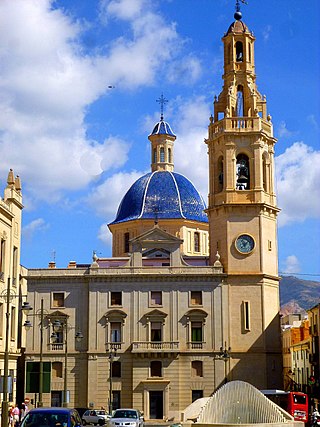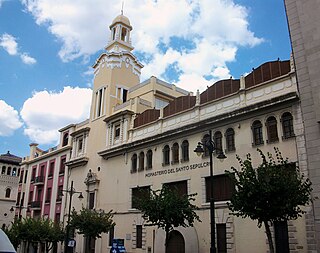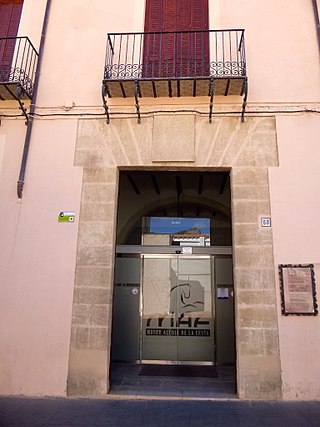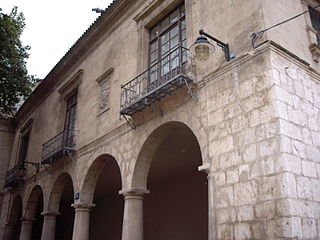5 Sights in Alcoi, Spain (with Map and Images)
Legend
Welcome to your journey through the most beautiful sights in Alcoi, Spain! Whether you want to discover the city's historical treasures or experience its modern highlights, you'll find everything your heart desires here. Be inspired by our selection and plan your unforgettable adventure in Alcoi. Dive into the diversity of this fascinating city and discover everything it has to offer.
Sightseeing Tours in Alcoi1. Església de Sant Jordi
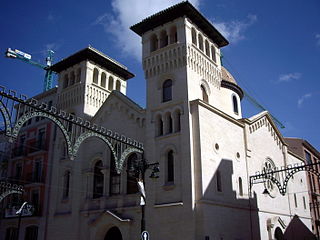
The Church of Sant Jordi in Alcoy, despite its small size, is one of the most important temples in this Valencian town due to its relationship with the Moors and Christians festival. The church belongs to the parish of Santa Maria.
2. Iglesia de Santa María
The Iglesia arciprestal de Santa María is a former Spanish church in Alcoy, province of Alicante. It was constructed in the 18th century at the convent of St. Augustine, which was built in the 13th century. In 1936, the building was demolished, losing almost all the pictorial heritage on its walls. The reconstruction began in 1940 and on 19 May 1955, the new church was blessed on the site where the older building had stood, matching its original appearance and using the remains of the previous building.
3. Monasterio del Santo Sepulcro
The monastery of the Holy Sepulchre in Alcoy (Alicante), Valencian Community, is the only example of ancient religious architecture that is preserved in Alcoy, since all the others have disappeared. It is a Baroque temple built between 1596 and 1598 by the master builders Baltasar García, Honorato de Onteniente and Baptista Balfago.
4. Museu Alcoià de la Festa
The Museu Alcoià de la Festa MAF in Alcoy (Alicante) Valencian Community, is a museum dedicated entirely to the festival of the Moors and Christians of Alcoy, where the visitors can experience all the details, aspects and feelings surrounding this international festival.
5. Municipal Archaeological Museum Camilo Visedo Moltó
The Archaeological Museum Camil Visedo of Alcoy (Alicante), in Spain, is located in a building of Valencian Gothic and Renaissance styles that was the town hall between the 16th and 19th centuries and which later hosted different uses, such as schools, until it is enabled to Museum.
Share
How likely are you to recommend us?
Disclaimer Please be aware of your surroundings and do not enter private property. We are not liable for any damages that occur during the tours.
